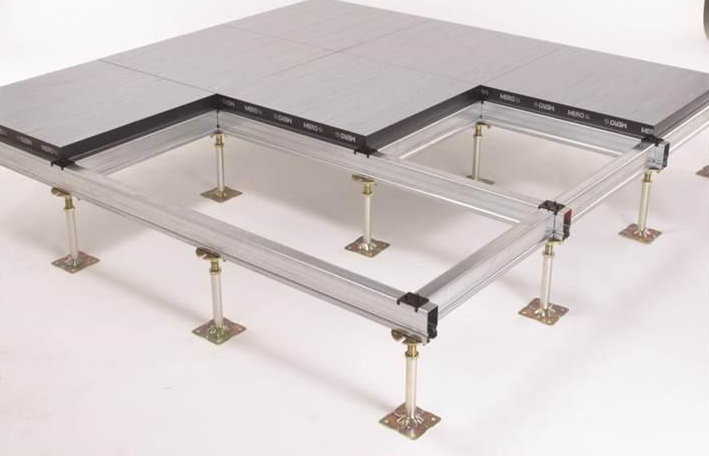How to Clean Raised Access Floor: Best Practices and Maintenance Tips
Maintaining a clean and well-maintained environment is crucial for the longevity and optimal performance of any flooring system. Raised access floors, with their unique construction and functional features, require specific cleaning methods to ensure cleanliness and preserve their functionality. This essay aims to explore the best practices and maintenance tips for cleaning raised access floors. By examining various viewpoints and considering the specific requirements of these floors, we can gain a comprehensive understanding of how to effectively clean and maintain raised access floors.
Understanding the Construction of Raised Access Floors:
1. Components of Raised Access Floors:
Raised access floors comprise several key components, including pedestals, horizontal supports, floor panels, and often an underfloor plenum. Understanding the construction of raised access floors is essential to implement appropriate cleaning methods without compromising their structural integrity. It is crucial to consider the material composition of the floor panels, such as steel, wood, or concrete, as it may influence the cleaning approach.
Regular Cleaning and Maintenance:
1. Dry Cleaning:
Regular dry cleaning is essential for raised access floors to remove loose dirt, dust, and debris. This can be accomplished using a soft bristle broom, dry mop, or vacuum cleaner with a soft brush attachment. Dry cleaning should be performed at regular intervals to prevent the accumulation of abrasive particles that may damage the floor panels or impede their functionality.
2. Wet Cleaning:
Wet cleaning is necessary to remove stubborn stains, spills, or sticky residue that cannot be eliminated through dry cleaning alone. When performing wet cleaning, it is crucial to use cleaning solutions and methods suitable for the specific type of floor panel material. Care should be taken to avoid excessive moisture that could seep into the underfloor plenum and potentially damage the subfloor or compromise the integrity of the floor panels.
Cleaning Methods for Different Types of Raised Access Floors:
1. Cleaning Steel Panels:
Steel panels are commonly used in raised access floors for their durability and load-bearing capabilities. To clean steel panels, mild detergent solutions or specialized metal cleaners can be used. It is important to avoid abrasive cleaning tools or harsh chemicals that may scratch or corrode the steel surface. After cleaning, thoroughly rinse the panels and dry them to prevent water stains or corrosion.
2. Cleaning Wood Panels:
Wood panels provide a natural and aesthetically pleasing finish for raised access floors. When cleaning wood panels, it is crucial to use gentle, non-abrasive cleaning solutions specifically formulated for wood surfaces. Avoid excessive moisture that can cause warping or swelling of the wood. Additionally, applying a protective sealant or wax can help maintain the appearance and durability of wood panels.
3. Cleaning Concrete Panels:
Concrete panels offer durability and stability to raised access floors. Cleaning concrete panels typically involves sweeping or vacuuming to remove loose dirt and debris, followed by mopping with a neutral pH cleaner. Avoid using acidic or abrasive cleaners that may damage the concrete surface. Proper rinsing and drying are essential to prevent residue buildup or staining.
Special Considerations and Maintenance Tips:
1. Avoiding Excessive Moisture:
Excessive moisture can have detrimental effects on raised access floors, particularly if it seeps into the underfloor plenum or penetrates the subfloor. It is essential to use minimal moisture during wet cleaning and ensure thorough drying afterward. Proper ventilation and air circulation in the room can help expedite the drying process.
2. Preventing Damage to Floor Panels:
To prevent damage to floor panels, avoid using sharp or abrasive tools, as they can scratch or gouge the surface. It is advisable to place protective pads or mats under heavy furniture or equipment to distribute the weight and prevent indentation. Regular inspection for loose or damaged floor panels and addressing any issues promptly.
